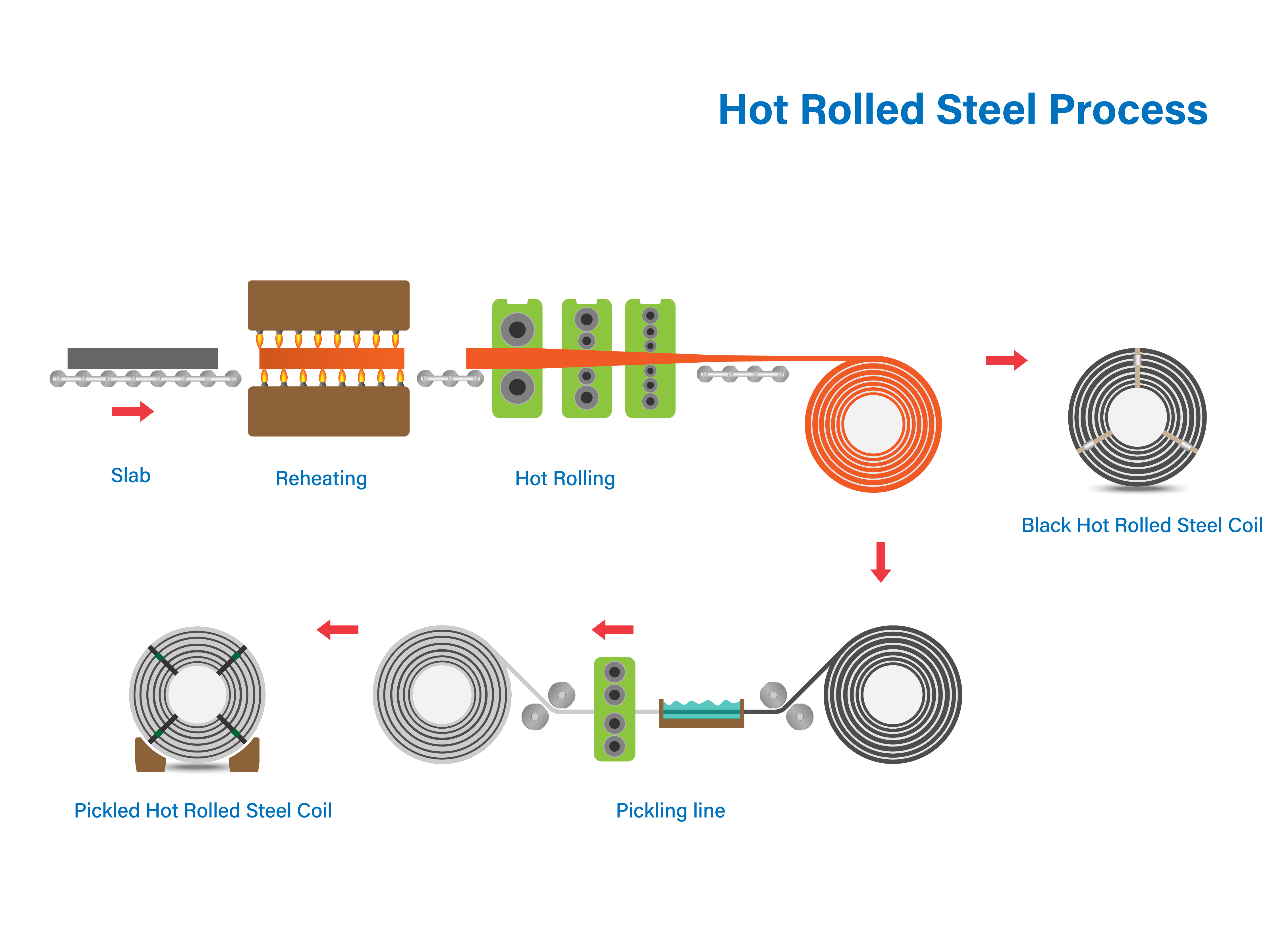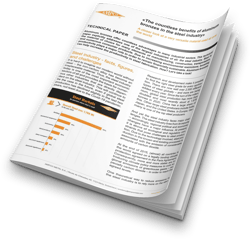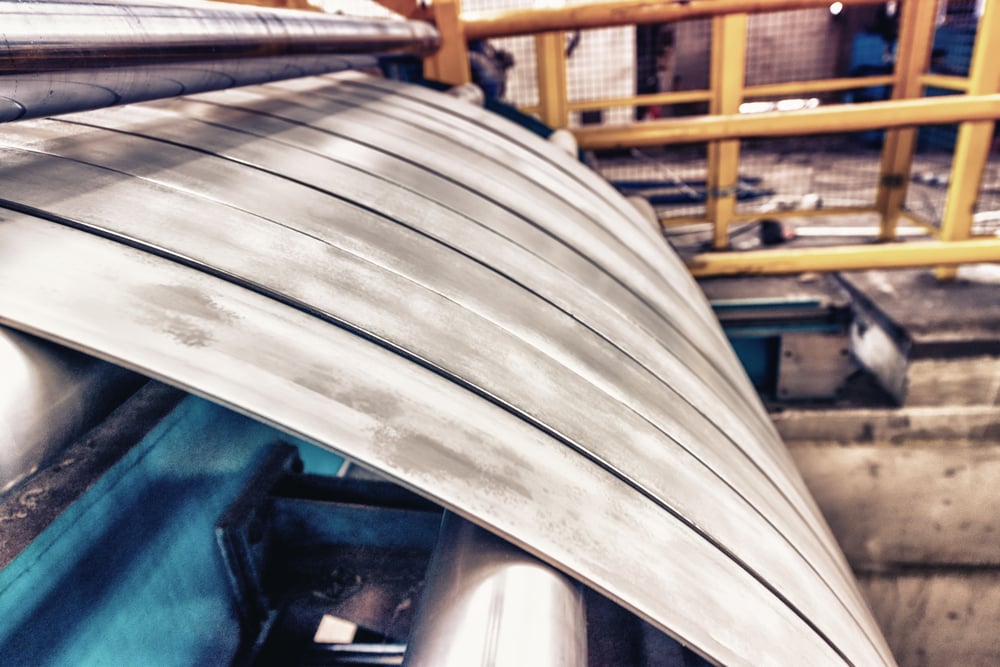Rolling is a metal forming process to reduce the thickness of steel – or any other metal – and make its thickness uniform. This can be done either above or below the recrystallization temperature, resulting in two different processes: hot rolling or cold rolling. Let’s take a look at some of the basic differences between the two processes in relation to steel.
Rolling of profiles can in principle be carried out at high temperatures – the so-called hot rolling –, but also at room temperatures – the so-called cold rolling. The temperature plays a decisive role in the final result. Both production methods are used to produce profiles from stainless steel or steel. The properties of the respective technologies and, accordingly, the products differ greatly.
What is hot rolled steel?
Hot rolling involves processing a rolled material, such as a slab, billet, or wire, at high temperatures. These temperatures must be above the recrystallization temperature – in the case of steel, this is between 720 and 1260 degrees Celsius. Thanks to these high temperatures, the steel is in the so-called austenitic state. In this state, the iron atoms are arranged face-centered in cubic form, which allows for strong deformation. The thickness of the steel can thus be reduced to 1/250 of the original size, for example.

Schematic view on the hot rolled steel process
Advantages of hot rolled steel
- Allows for mass production
- Economical production
- High workability
- No to very little internal stress
Hot rolling is the preferred technology for the mass production of long steel products par excellence as it is typically more economical than cold-rolled steel. Furthermore, it allows the processed material to be formed and shaped with ease. Another major benefit is, that hot rolled steel is practically free from internal stresses, as the steel is cooled down gradually. Yet, concessions have to be made in terms of profile accuracy and surface finish of the hot-rolled profiles.
What is cold-rolled steel?
In contrast to hot rolling, in cold rolling, the rolled material is usually formed at room temperature and thus below the recrystallization temperature. When cold rolling profiles, a wire rod is used as the semi-finished product. The desired profile cross-section of the end product also determines the diameter of the wire. The process is mostly used for forming wide flat products such as sheet metal.
For particularly complex profile cross-sections, multiple rolling processes may be necessary. This results in the profiles having to be solution annealed before the following pass. The primary goal of cold rolling is to reduce the thickness of sheet metal. The material to be rolled has usually already undergone hot rolling.
Advantages of cold-rolled steel
- High accuracy
- Increased hardness
- Increased strength
- Excellent surface finish
Cold rolling can be used to produce very close-tolerance profiles. It is therefore an ideal production method for manufacturing small to medium-sized special profiles. As the metal is shaped at lower temperatures, cold-rolled steel offers an increased hardness of up to 20 % as well as improved yield and tensile strength. Furthermore, parts made of cold-rolled steel have a very smooth surface, free of any rust and scale.
Hot & cold rolling process and aluminum bronze
In the hot rolling process, high temperatures place high demands on the materials used in a hot rolling mill. Wear or corrosion can become a severe problem, which can limit productivity because the machines have to be serviced more frequently. Aluminum bronze wear parts can be a valuable investment that pays off in the long run. Due to their high wear resistance and high resistance to corrosion, aluminum bronze parts have a significantly longer life expectancy than parts made from conventional materials.
Typically the cold rolling process enforces more wear. Since the sheets are formed at room temperature, stronger machines are usually used, which increases wear. Aluminum bronzes offer great advantages here thanks to their high tensile strength and high wear resistance. In addition, welding wheels are used in cold rolling mills when the sheets become thinner. It is precisely in this area that the diverse properties of aluminum bronzes pay off.
Want to learn more about the steel industry and how aluminum bronze can help increase productivity? Download our free whitepaper «The countless benefits of aluminum bronzes in the steel industry» now.





